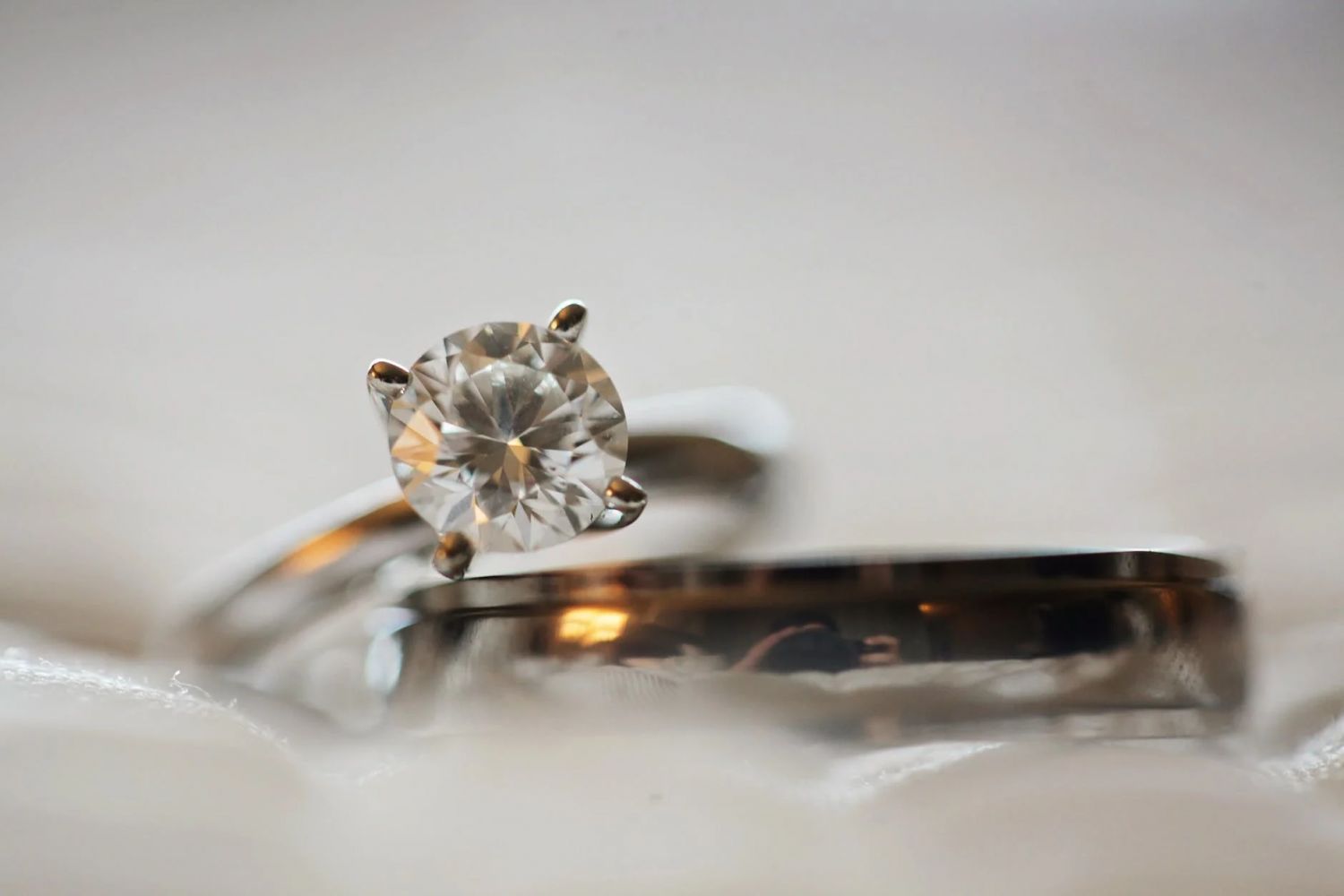'Diamonds are forever,' but can the same be said for those that were cultivated in a lab?
Buying laboratory-grown diamonds can be a controversial trend among jewellery collectors these days. Recently, the world has seen a wave of consumers who prefer wearing the relatively cheaper, more sustainable, and ethical 'lab diamonds' over the ones that the Earth carefully nurtured and cradled in its deepest layers.
Geologists continue to study the exact details, but they know nature's recipe for a pure diamond: carbon, heat, and pressure. Naturally formed diamonds start with carbon dioxide buried some 100 miles deep in the Earth's mantle. At those depths, with a scorching temperature of around 2,200 degrees Fahrenheit and 725,000 pounds of pressure per square inch from the rocks above, cause carbon to crystalise and turn into an eventually glittering diamond.
When each carbon atom bonds with others, the gem becomes one of the hardest materials on Earth. It is then punted up to the surface, hitching a ride on lava flows.
In case you missed it: Chanel No 5 100th Anniversary: Patrice Leguéreau Dreams Up A 55.55-Carat Diamond Necklace

Diamonds come with a lot of cultural implications because in part, they are all rare. But the emergence of lab-grown gems has given people with a penchant for pretty and shiny things the option to produce diamonds if the right equipment is at their disposal.

